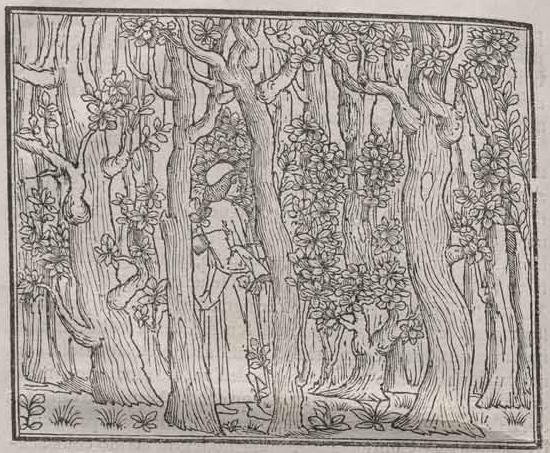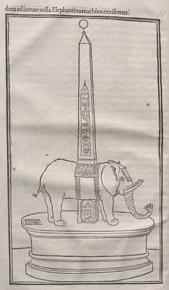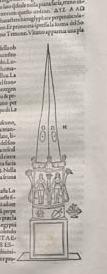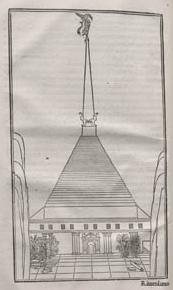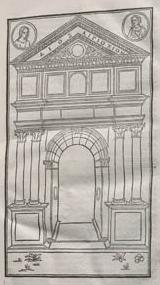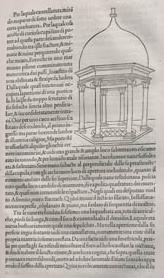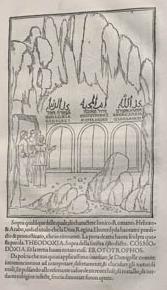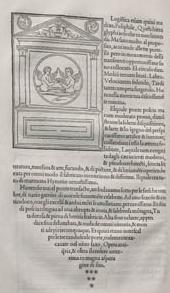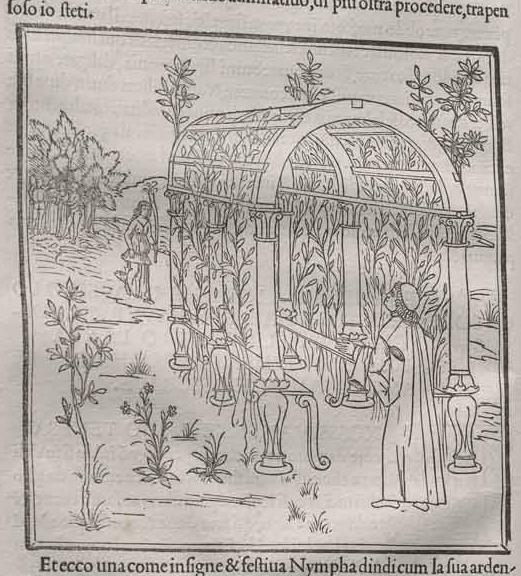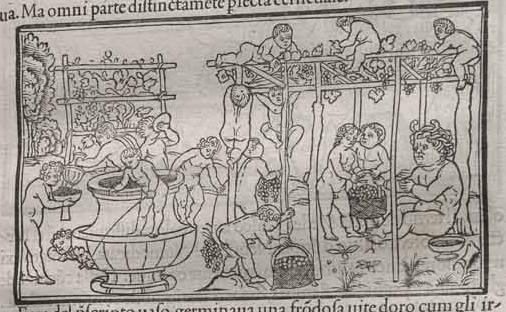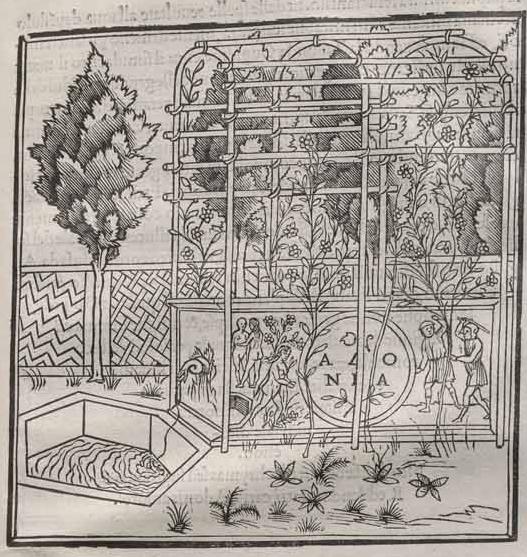
Candida Martinelli's Italophile Site

Main
Page This family-friendly site celebrates Italian culture for the enjoyment of children and
adults. Site-Overview
Greek/Roman Myths Hypnerotomachia Poliphili
Neptune's Fountain at Villa Lante
Architecture as a feature in an Italian garden at Palazzo Bomomeo, Isole
Bella, Lombardy
More than one Romantic painter was inspired by Poliphilo
Poliphilus kneeling before Queen Eleuterylida
Embarkation for Cythera
Florence's Boboli Garden's Cythera Island The Italian Renaissance, Rinaciamento, celebrated the
rebirth of classical studies. Greek and Latin books, ideas and
art were studied, copied and used as inspiration for the statues
that decorated villa gardens. The pagan gods and goddesses, while cloaked in erudition, could
behave in ways the Catholic saints could never behave. The
church was never pleased by the embrace of the pagan stories and
characters. Some of the offending texts were banned, and some
of the offending art was confiscated or destroyed. But many of
the pagan decorations in the villa gardens remain, carved into
stone. Favorites of villa gardens were the following, with the Roman
name in parenthesis. Each has conventions for their depiction
in art, and myths attached to them. Click through for an image
of the god at the wonderful Web Gallery of Art, where you can read
an explanation of the myth depicted. Then click on the image
to see an enlargement. Olympian Greek gods and goddesses: And some of the Semi-gods and spirits: And some of the Monsters and Creatures: To learn much more about the Greek mythology and the vast cast of
very unusual characters
and their tales, you can visit the
theoi.com site,
Wikipedia, or
the Greek Gods Info Site.
Another major influence on Italian villa garden design, after the
year 1499, was a very special book: Hypnerotomachia
Poliphili by a Venetian Monk Francesco Colonna (Poliphilo's
Strife of Love in a Dream). The authorship was officially
anonymous, but the illuminated letters at the beginning of the
chapters signaled the author's name. There are those who
dispute the monk's authorship, but the fact remains that he is the
only one who in any way claimed to have written the book. In 1499, the prolific
printer
Teobaldo Mannucci, or Aldus Pius Manutius to
use his preferred Latinized name, was busy printing Greek, Latin and
Italian texts with a quality that was rare for his time. His
books are among the most collectable today for their beauty,
technical wizardry, and examples of advancements in printing that he
created. If you wish to learn more about Mannucci-Manutius,
you can visit
his page at Wikipedia. There are many reasons why Colonna's book was so popular during
the Renaissance. Here are just a few. When you had your Villa Garden designed around the
Hypnerotomachia Poliphili you showed your
guests that you were a well-read and well-educated Renaissance
Man, and that you wanted to show your guests a good time.
They could wander through the garden and relive moments from
Poliphilo's story, and admire the recreations of the book's
designs for: The story is about Poliphilo, a young man whose name means 'a
lover of many things', or what we consider today to be a
'Renaissance Man'. He falls asleep and dreams he goes through
many trials to gain the woman he loves, who is named Polia, meaning
literally 'many things', or what Poliphilo loves. In this
sense, the book can be seen as an allegory for the pursuit of
knowledge by the 'Renaissance Man'. At the end of the story, Poliphilo wins Polia, but then he wakes
up. He reaches his goal to 'love all things' but awakes to
find it was an illusion, and he still has lots of work in store for
him. It is a bit like any education: the more you
learn, the more you realize how little you know. Education
is an unending path through life, if you wish to be a well-informed
person.
The images I use below from
the
original 1499 book are from the Library of Congress on-line,
digitized copy.
Here, you can see how beautifully the images are integrated with
the text. The woodcuts are detailed, and were the inspiration for
illustrators throughout the ages. Here is a particularly
beautiful one showing Poliphilo in the woods. These are of various fountains and statues elements. These are of various architectural fantasies, the last one
showing the printer's playful typesetting.
These images are of garden planting elements.
The images I use are from
the
original 1499 book are from the Library of Congress on-line,
digitized copy. Colonna's book even merits a mention on the New York Metropolitan
Museum's Timeline. See for yourself, and you'll find lots of
fun
information. Here is an Amazon.com link to a recent English translation of the
book Hypnerotomachi Poliphili.
These books are about the book Hypnerotomachi Poliphili.
And the first of these two books is a recent bestseller that uses
the book Hypnerotomachi Poliphili as part of the detective
mystery, much like Dan Brown does. The second book claims to
explain everything you didn't understand about the book
Hypnerotomachi Poliphili after reading the first book.
Visit my Renaissance Garden page.

Villa
Garden Inspirations
![]()
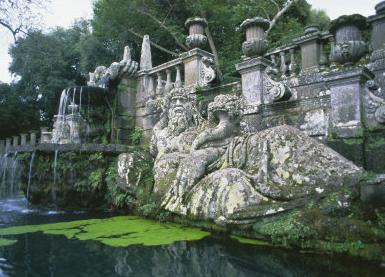

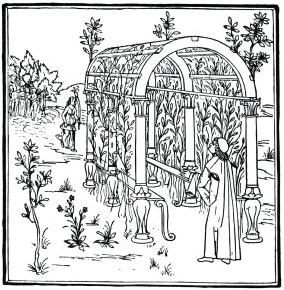
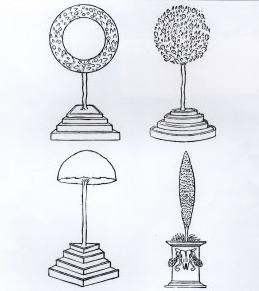
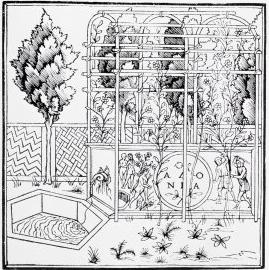
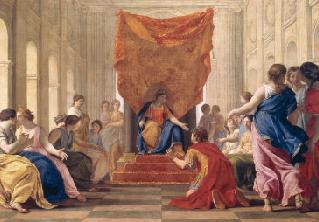

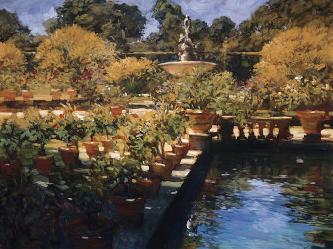
Greek/Roman mythology had a major influence on the decor of Italian
Renaissance villa gardens, as did the 1499 book Hypnerotomachia
Poliphili. I give you an introduction to both here:
Gods and goddesses
A Special Book
The book has a beautiful leather cover with metal clasps.


